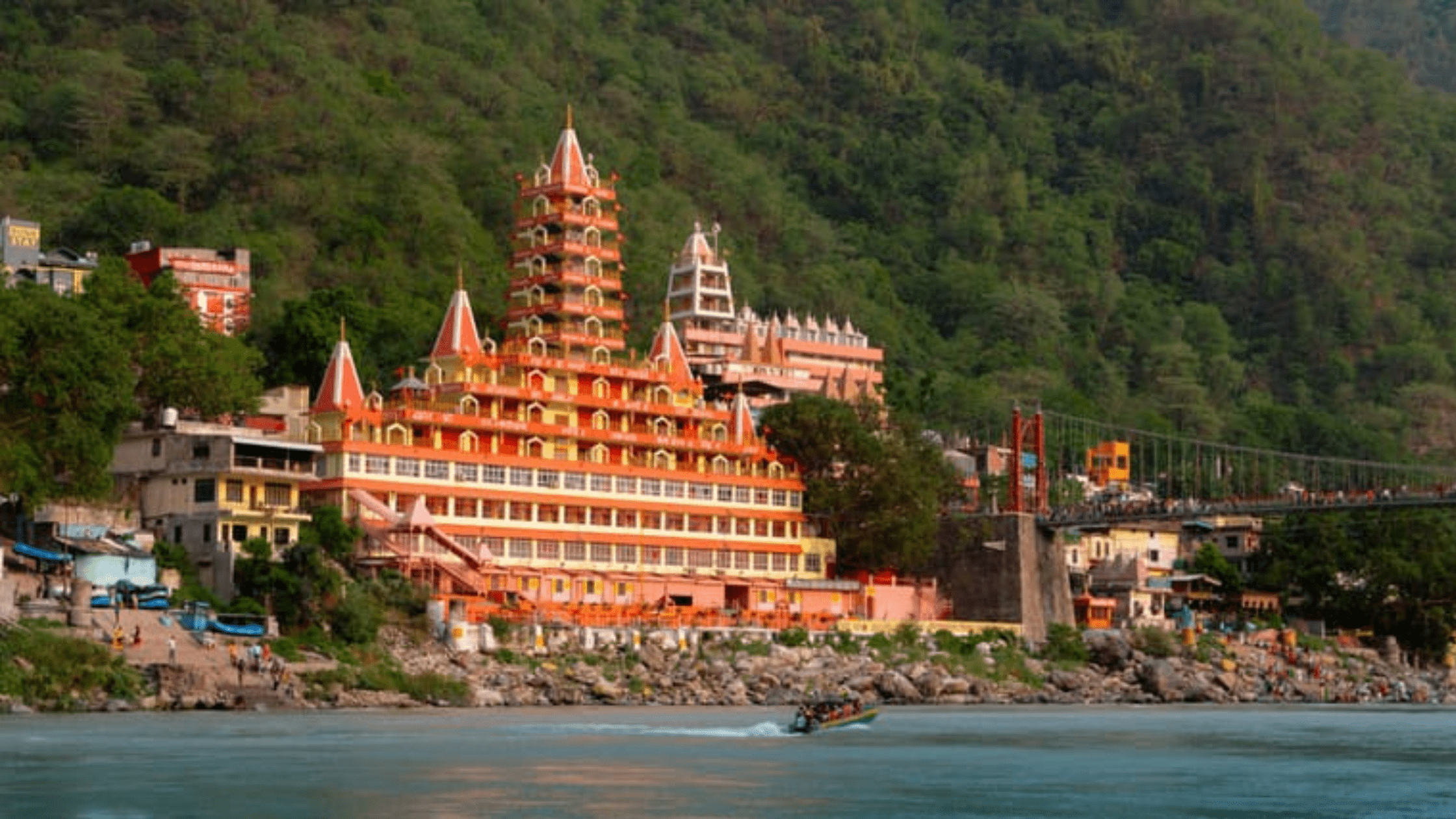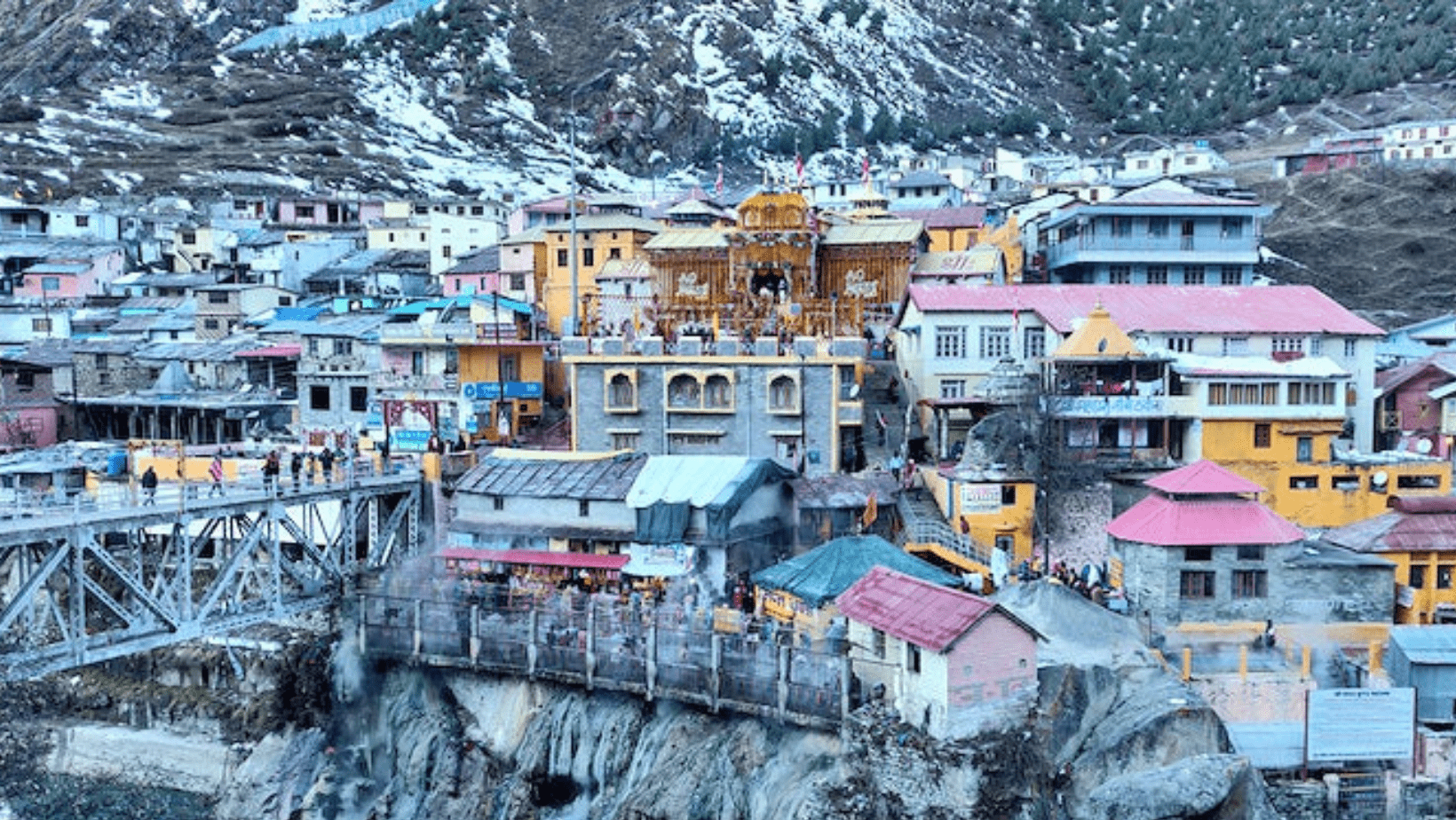Goa is one of the most popular sea port cities of India. As a city Goa has a number of eminent features. It is one of the most popular tourist destinations of the country, a solid hub of business and a great attraction for culture and heritage lovers. In fact all of these points together make Goa an irresistible attraction for not just Indians but also for tourists from all over the world.
Goa since the early sixteenth and seventeenth century has been the hub of Portuguese Colony in India. The legacy of this past is well integrated into the local culture and heritage of Goa which is still evident in the modern times. The Churches and Convents of Old Goa is a standing ovation to the long standing Portuguese rule and their influence on the local culture, society and its people.
The Churches and Convents of Old Goa is the name given to a collection of religious monuments by UNESCO. They are located in Old Goa or Goa Velha. These monuments have been declared as a World Heritage Site back in the year in 1986.
Churches and Convents of Goa Built by
Talking about the construction of these Churches and Convents at Old Goa it can be easily concluded that the construction of these religious and cultural buildings can be credited to the Portuguese rule in the Western coast of India. The cluster of churches and cathedrals were built in Goa during the 16th and the 17th century. There construction can be attributed to the elite and respectable Portuguese men and women of the contemporary.
Some of them were built to commemorate an elite member of the Portuguese circles where as some of them were a standing ovation to the religious supremacy of the Catholic Christians in the adjoining region. Goa happened to be the Citadel city where Europeans, Franciscans and Jesuits send their missionary’s so that the religion of Catholicism could be spread in India.
Clear impression of Catholic beliefs and norms can be seen in the Constructions of the 16th and 17th century, which still stands as a remnant of history in the present age of globalization.
Churches and Convents of Goa Timing
Most of the churches and cathedrals that we are talking about are still functional even now. This means that these churches not only serve to be living legends of the architecture, culture and heritage of the Portuguese colonies they are as much a part of modern life in Goa as any other aspect of the city.
The churches are open from morning 7:30 to evening 6:30. Some of them are open till 8:30 p.m. in the evening. In case you wish to visit these churches and cathedrals you must plan your visit between this time.
Churches and Convents of Goa Information
The churches and Convents of Goa exhibit the architectural style which was popular in 16th and 17th century Europe. Similar patterns and trends were taken up in India which was given a little twist and change to suit the conditions and preferences of the local people.
The use of the local materials and local artisans, craftsmen and masonry also lead to some customization. The different Cathedral and churches that can be traced back to the 16th and 17th century clearly reflects the indo-Portuguese architectural features. It can be said that contemporary Indian life on the Western coast of the nation was much influenced by the foreign elements of the Portuguese people. In more senses than one Goa truly became the Rome of the Orient.
Influence of the Portuguese style was also visible in painting sculptures and other forms of art. The construction of the convents and the churches gave a deep insight into the influence of the Catholic missionary on Asia. This will not be and over statement if these churches and Convents of Goa are considered to be some of the most important historical remnants of 16th and 17th century India.
No wonder this historical site attracts millions of tourist, visitors and site seers from not just different parts of the nation but from all across the world every year. The Government of India has taken some very systematic steps to safeguard the integrity and the structure of these Constructions. They are maintained with utmost care and professional restoration from time to time.
Churches and Convents of Goa Location & How to Reach
Goa is well connected with other parts and cities of India. You can reach Goa through a network of life Railways or even through road connectivity. The Goa International Airport and the Goa railway station are the terminals points where you can get down.
You can also come down to Bombay and can take private Cabs and cars to reach Goa. Once in Goa you can always hire a private taxi or any other public mode of transport to reach the churches and Convents of Goa.
Churches and Convents of Goa Entrance Fee
None of the Convents and churches in Goa requires an entry fee. Both Indian tourist as well as foreign tourists can visit these Cathedral and churches absolutely for free. If you are visiting them always remember to observe complete silence and decorum once within the church.
You can also take photographs and pictures both from inside and outside the church. However general public and tourists cannot get inside the church or the cathedral during the procedure of a mass or a prayer. During this time if you wish to get an entry into these places you will require a special permission from the concerned authorities of the church.
Churches and Convents of Goa & Important Structures
In the reopening of the discussion it is been mentioned that by the Churches and Convents of Goa we mean a group or cluster of Catholic religious buildings that has a pertinent relevance to the history culture and heritage of Goa. The main building that you must see while exploring the churches and Convents of Goa are St. Catherine Chapel, Church and convent of St Francis of Assisi, The Cathedral Basilica of Bom Jesus, Church of Saint Catherine including the seminary, Church Of Our Lady of the Rosary, Saint Augustine Tower.
Some parts of these Cathedral and churches have also been transformed into open air museum. Old Goa has a number of such open air museums which offers a rich gamut of archaeological remains. These Churches are great tourist attractions as they offer the onlookers a wide variety of information from 16th and 17th century Goa.
A close look at these churches and cathedrals gives us a deep insight into the architectural trend of the Portuguese and the kind of influence they had on the general life, society and culture of 16th and 17th century Goa. The picturesque and quaint town of Goa is richly colored by the influences of different colonial power like the Dutch the Portuguese and the British. Out of them the influence of the Portuguese is the most prominent one.
Best time to visit churches and convents of Goa
These churches and cathedrals are open round the year even on public holidays. Being eminent places of religion and worship they can be accessed by General churchgoers as well for their regular masses and prayers.
Special occasion like marriages, special prayer sessions and other events are also arranged in these churches. Apart from them they are open for the general tourists and visitors from different parts of the world. However the best time to visit these Churches and Convents of Goa is during the autumn-winter-spring seasons.
The months between November and March are cool and crisp in Goa which makes it pleasurable to go around the church and explore the buildings from inside and outside. This time is also most favorable for photography.
History of Churches and Convents in Goa
Goa as a port city has a rich historical heritage in every aspect of its contemporary life. The city has struck a wonderful balance between the modern and contemporary and the rich cultural lineage coming down from the earliest times of European colonies established there.
Quintessentially we understand that Goa has a prominent European impact even on its current lifestyle, planning of the city festival, socializing norms and so much more. The Churches and Convents of Old Goa are a perfect manifestation of the influence of the different European races on the population of this port city in western India. These religious and cultural building happens to be one of the greatest tourist attractions of Goa and are visited as much for the study of ancient European architecture as to simply experience the rich past of the city and its people.
The tall and gothic constructions offer a pristine view even in the current time. Against the rugged and country type background in Goa these religious monuments truly takes you back in time where you get an intriguing glimpse into the life, beliefs and pattern of ancient people of Goa.
Attractions nearby churches and convents of Goa
Goa is one of the most popular tourist attractions of the nation. Apart from the churches and cathedral you can visit the various pristine beaches, enjoy snorkeling, paragliding, boat rides, cruises etc. The nightlife of Goa is one of the biggest attractions both for the Indian as well as the foreign tourists.







